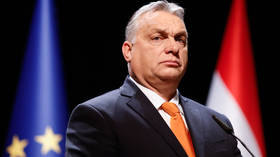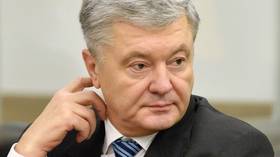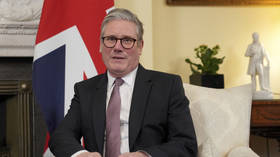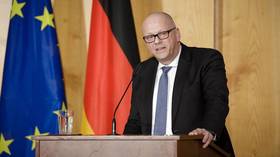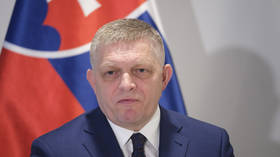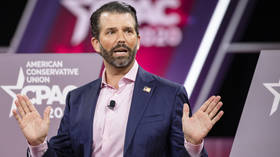India’s capital undergoes major makeover ahead of G20 summit
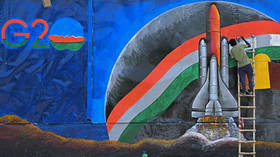
Brijesh Goyal, chairman of the Chamber of Traders and Industry and a member of Aam Aadmi Party (AAP), which governs the city state of Delhi, has his hands full.
This year’s G20 summit, to be held September 9-10, could be an early Diwali – the annual Hindu festival of lights and high season for business – for hundreds of traders affiliated to his guild in the centuries-old Chandni Chowk markets of old Delhi.
As India, the rotating G20 chair, gears up to host its biggest geopolitical event since the Non-Aligned Movement summit in March 1983, Chandni Chowk, a one-stop destination for ethnic wares, will likely attract a bulk of foreign delegates.
Language no bar
Traders at Chandni Chowk are trying to overcome the language barrier while catering to foreign clients. They are temporarily hiring 1,000 interpreters, including students and young professionals, who can communicate in English, Russian, French, German, Arabic, Mandarin, and Spanish, to attract foreign customers.
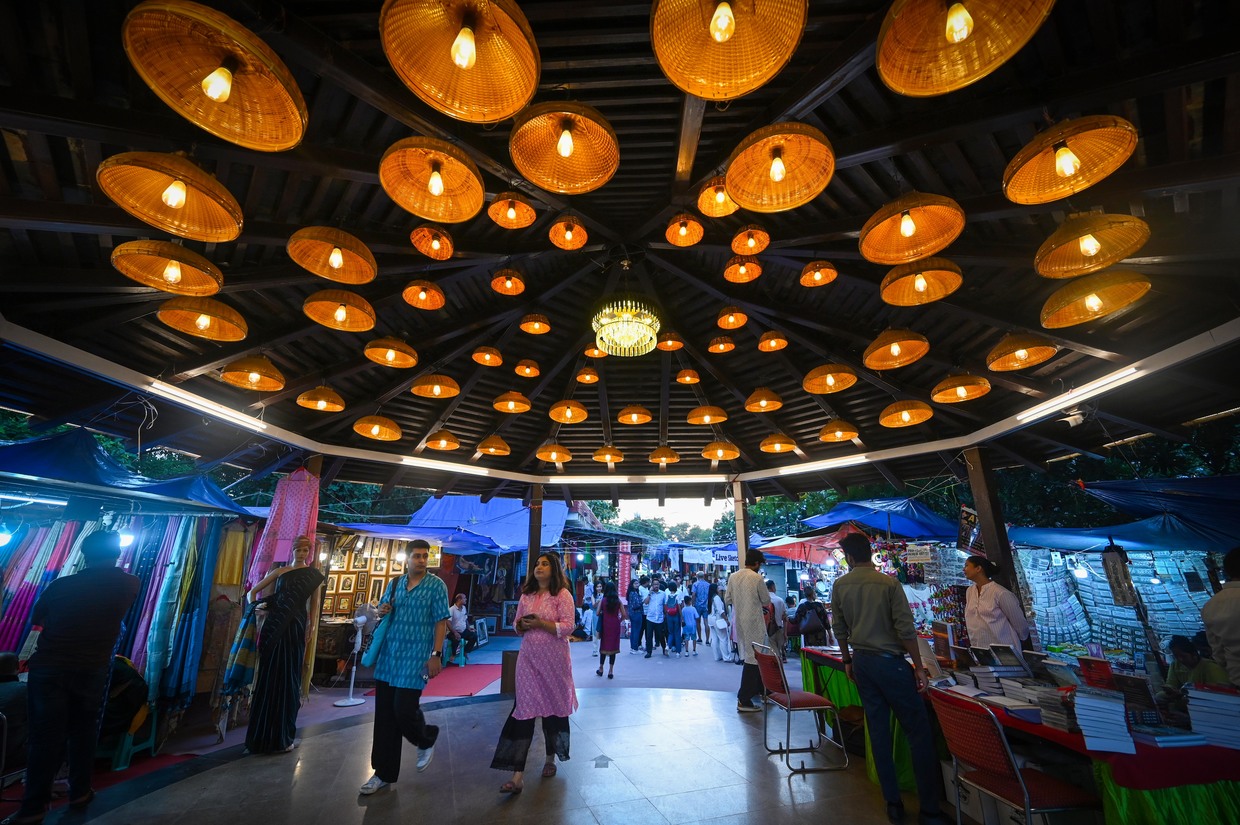
“The heads of state and delegates from around 40 countries and many global organizations will participate in the event. So, it’s an early Diwali bonanza for our traders, who can take help from these interpreters. Chandni Chowk’s fame is likely to travel across the globe as we are expecting a massive footfall during these four days,” Goyal told RT.
There are traders, however, who are looking to skimp on the cost of interpreters.
Suresh Seth, who sells traditional Indian women’s clothes in the same market, told broadcaster NDTV that his children will help him negotiate with foreign buyers.
“I can understand English but I cannot speak the language fluently. I have asked my son and daughter to be at the shop to interact with the foreign clients. Both of them are proficient in English and my daughter also knows German,” said Seth.
No monkey business
The civic authorities are bracing for the rhesus monkey menace – something India’s capital is known for globally. The langur, a bigger primate with an ebony face, is feared by rhesus monkeys, and so its image in giant-size cutouts have sprung up at major thoroughfares in the city. Many are placed close to the conch-shaped Bharat Mandapam Convention and Exhibition Center in Pragati Maidan, the venue for the upcoming summit, built at an estimated $300 million with a capacity to seat over 3,000 delegates.
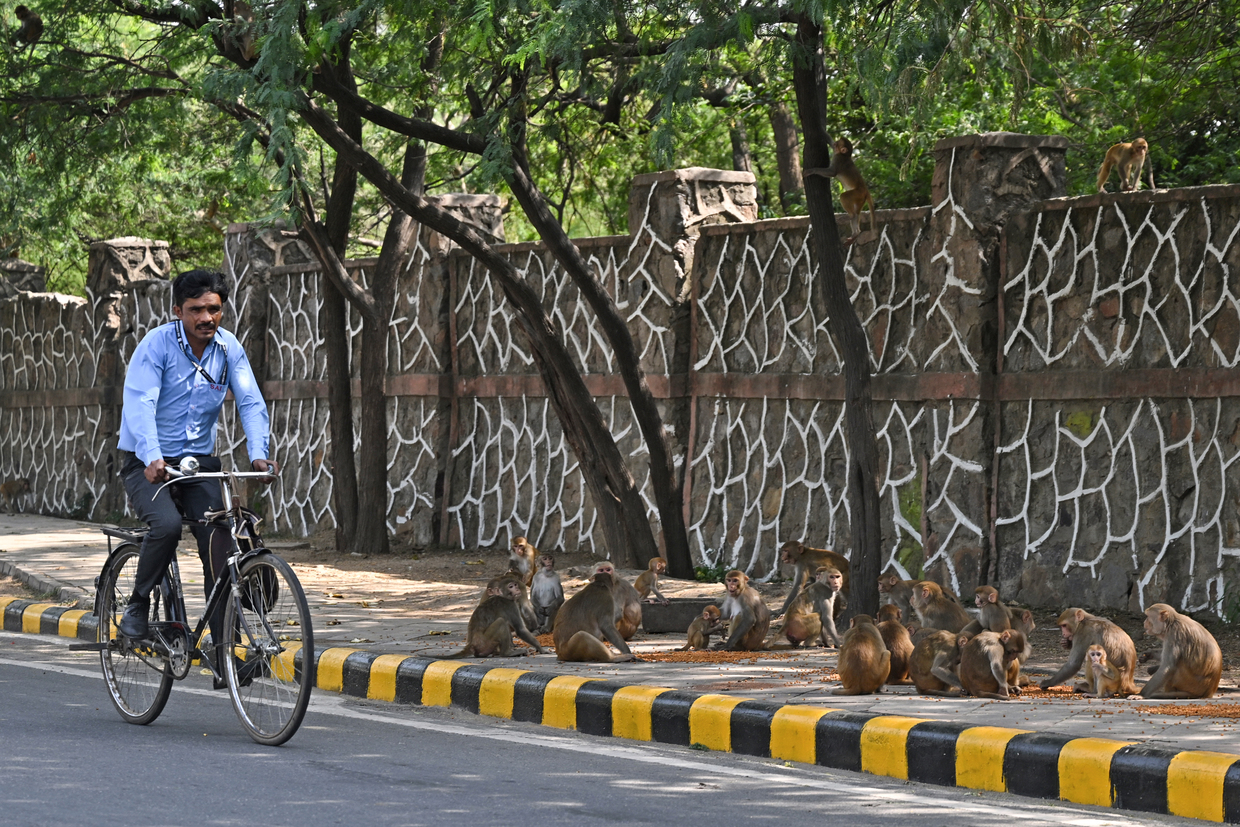
Satish Upadhyay, the vice-chair of the New Delhi Municipal Corporation, weighed in on the challenges of the monkey menace.
“We are bound by the Wildlife (Protection) Act, 1972. We are trying to ensure that they don’t venture closer to the venue and other crowded parts of the city", he told RT. “Efforts are on to confine them to forested areas. Hopefully, the giant cutouts of langurs will scare them away, a successful tactic during the 2010 Commonwealth Games.”
The civic body has also innovated a way to keep the rhesus monkeys at bay. Around 40 people have been deployed around the giant cut-outs, acting as langur impersonators to fool the monkeys. Upadhyay says the exercise, started a week ago, has yielded “positive results.”
Beautification drive
The state administration and the central government, led by Prime Minister Narendra Modi, have embarked on a beautification drive in the city in the run-up to the marquee event. A large number of sanitation staff and mechanized sweeping machines are deployed in the city of 33 million people, the third most populous in the world after Tokyo and Jakarta, but mostly to those areas where the delegates are likely to visit.
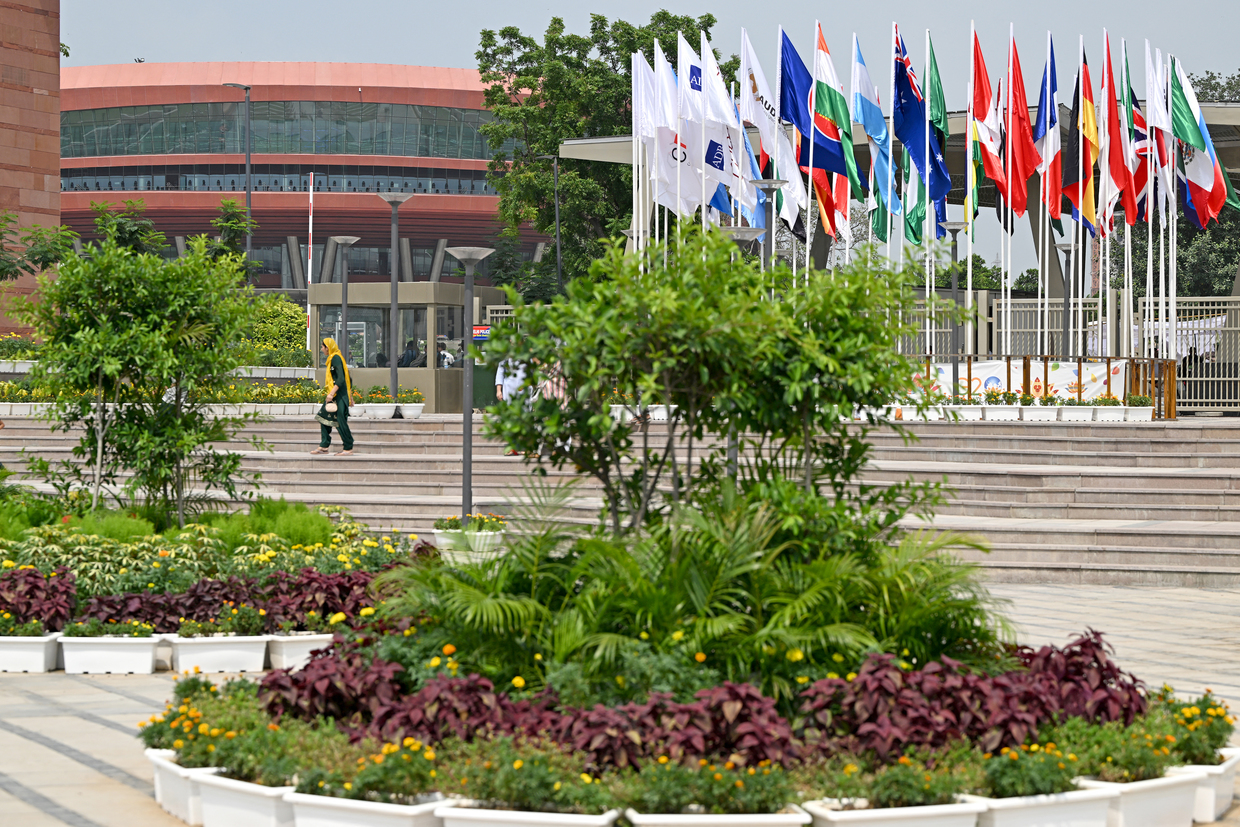
Over 60 arterial roads and roundabouts in key stretches leading up to the venue have been spruced up with around 700,000 flowering plants and potted shrubs. The natural display will catch visitors’ attention the moment they enter Sardar Patel Marg connecting the city with the Indira Gandhi International Airport (IGI). Delhi Lieutenant-Governor V.K. Saxena is personally supervising the effort.
Artificial waterfalls line the sides of the airport road from terminal three to the tunnel road, leading to the city. A three-layered green belt has been created along the airport stretch complete with potted plants and colorful seasonal flowers. The aesthetic makeover of New Delhi is reflected in 49 themed sculptures, animal statues, fountains and “shivlings” – symbolizing the Hindu god Lord Shiva, which has also triggered a row between PM Modi’s Bharatiya Janata Party and the opposition.
Around 40 statues up to 16 feet in height are installed along the airport road and on the way to the venue. Fountains of varying colors and themes such as volcanoes, lions, horses, etc, flank the scenic stretch. Civic authorities are working on freeing the venue from mosquitoes, including the Aedes variant which causes vector-borne diseases such as dengue and chikungunya in the current season, when the monsoon retreats from north India.
Mother of Democracy
A 115-foot Indian flag has been installed at Rajghat – where Father of the Nation Mahatma Gandhi was cremated on January 31, 1948 and which houses an eternal flame. It is always on the itinerary of visiting dignitaries. The stretch between the historic Red Fort and Rajghat, on the banks of Yamuna river, has been landscaped. Fountains, contemporary street art, open seating spaces, and lighting have enhanced the face-lift.

An exhibition coinciding with the summit will showcase how democracy has been rooted in Indian culture from ancient times. Titled “Mother of Democracy,” it is inspired by a speech of PM Modi’s two years ago. “The idea of elected leaders was a common feature in ancient India, long before the rest of the world. In our ancient epic, the Mahabharata, the first duty of citizens is described as choosing their own leader,” the PM said.
It is an extension of the government’s bid to project India as a shining example of liberal democracy. It also seeks to display how government tools have been deployed in democratizing service-delivery mechanisms, in an oblique reference to PM Modi’s populist schemes ahead of a key election year.
Muktesh Pardeshi, the head of operations and logistics of India’s G20 secretariat, told ANI that the government will also highlight the nation’s massive digital transformation, artistic splendor and culinary diversity at the summit. Millet, a cereal crop, will find prominent pride of place among the dishes to be served to the delegates amid the government’s push to popularize it to mitigate the global food crisis and climate change concerns.
Foolproof security
Around 130,000 security personnel, including 80,000 from the Delhi Police, will guard the city for the high-profile event. National Security Guard (NSG) commandos – an elite counterterrorism unit – and Indian Army snipers will be stationed in high-rise buildings. The NSG will also deploy anti-drone systems to counter any potential aerial threats.
Intelligence agencies including the CIA, MI-6, and the Chinese MSS, are in town for reconnaissance missions. The Indian Air Force and Indian Army will deploy helicopters that will patrol the skies above the city. About 400 firefighters will be on call. The government has also leased 20 bullet-proof limousines at a cost of $2.18 million for ferrying leaders, Reuters reported.
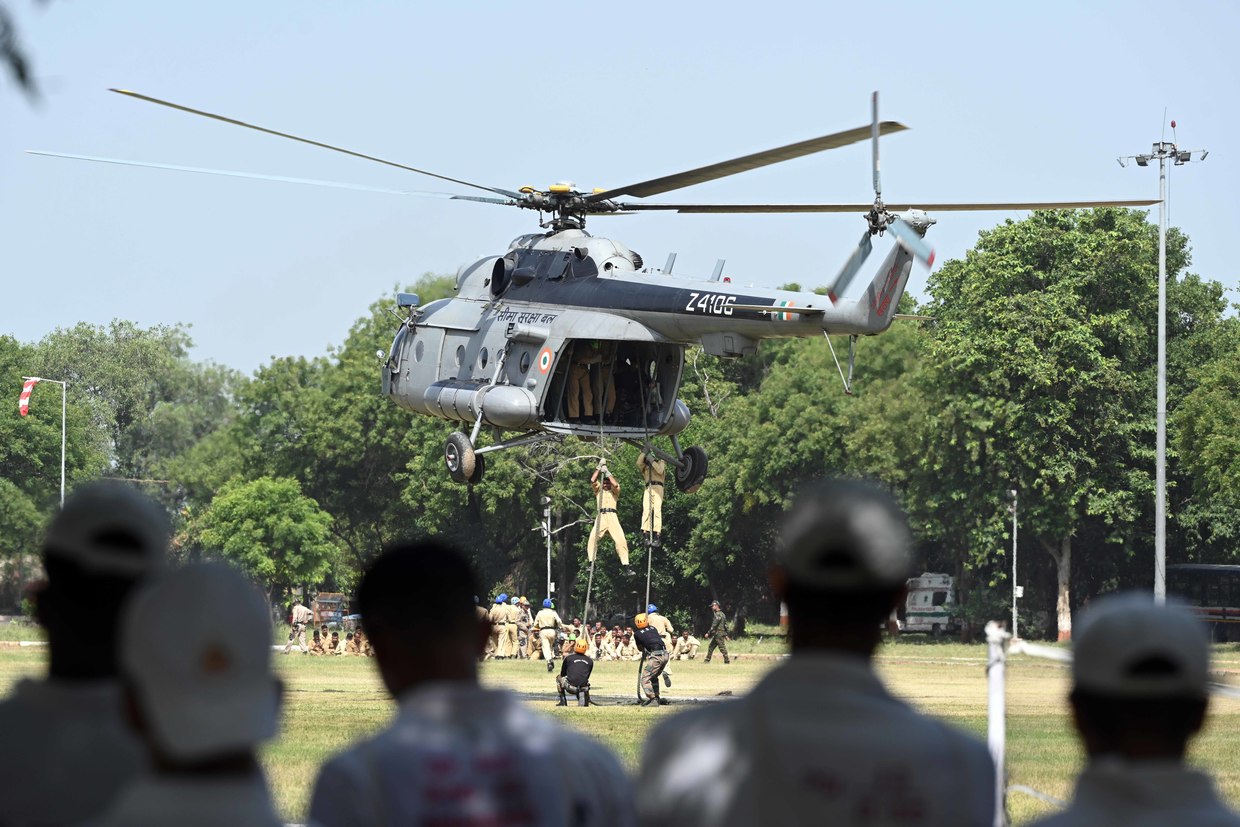
The lingering effect of the summit
Beyond the summit, the G20 bloc, formed in Washington in 1999 to cater to Western interests as they grappled with economic woes, appears to be moving in a contrarian direction, underscoring 21st century geopolitics in a multipolar world.
Last year, Indonesia, the outgoing chair of the grouping, spoke on the topic of “Recover Together, Recover Stronger,” echoing a world coming to grips with the aftermath of the Covid-19 pandemic. This year, India is making a logical progression to “One Earth, One Family, One Future” in the face of global uncertainties and, perhaps, heralding an end to Western hegemony.
The next two G20 chairs – Brazil and South Africa – will also be members of BRICS, making it four years in a row that the emerging economies will have held centerstage at the grouping.
And the inclusion of the African Union at this year’s summit may signify a shift in its core objectives amid a changing world order.
By Joydeep Sen Gupta, Asia Editor



